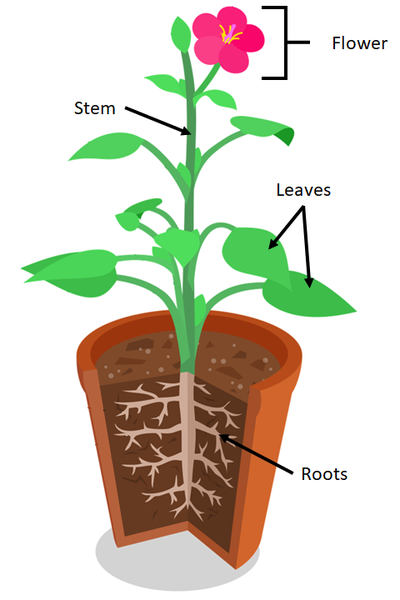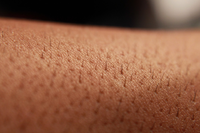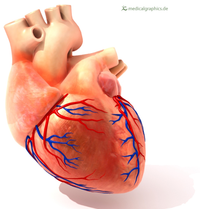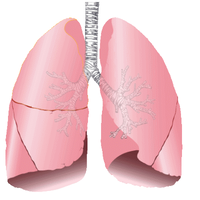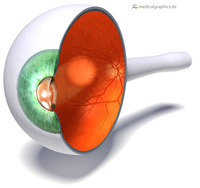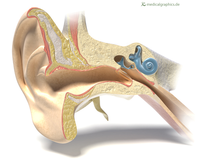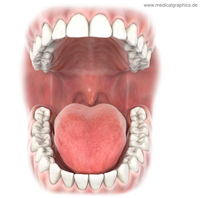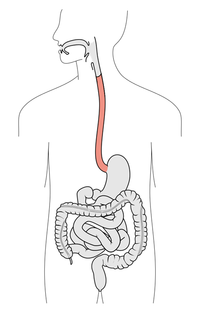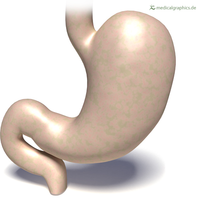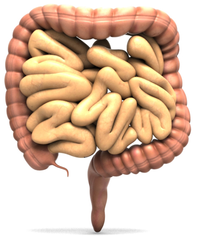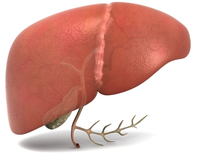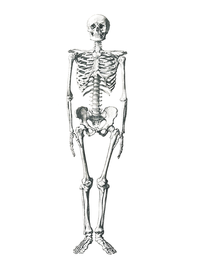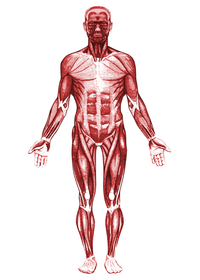Difference between revisions of "Organ"
| Line 15: | Line 15: | ||
|- | |- | ||
| style="height:20px; width:400px; text-align:center;" | | | style="height:20px; width:400px; text-align:center;" | | ||
| − | The [[flower]] is a reproductive [[organ]]. | + | *The [[flower]] is a reproductive [[organ]]. |
| − | The [[leaf]] is an [[organ]] used for [[photosynthesis]]. | + | *The [[leaf]] is an [[organ]] used for [[photosynthesis]]. |
| − | The [[stem]] is an [[organ]] which supports the [[plant]]. | + | *The [[stem]] is an [[organ]] which supports the [[plant]]. |
| − | The [[root]]s are an [[organ]] that [[Absorb (Biology)|absorbs]] [[mineral]]s and water from the soil. | + | *The [[root]]s are an [[organ]] that [[Absorb (Biology)|absorbs]] [[mineral]]s and water from the soil. |
|} | |} | ||
Revision as of 16:35, 10 September 2018
Contents
Key Stage 3
Meaning
An organ is a part of an organism, made of several tissues, that does a specific job.
About Organs
- Organs are made of more than one different tissues that work together.
- Only multicellular organisms can have organs because tissues are many of many cells.
- An organ may have more than one job.
Organs in Flowering Plants
Organs in Mammals
| The skin is an organ that protects the body from infection. | The heart is an organ that pumps blood around the body. | The lungs are a pair of organs used for gas exchange. | The eye is a sense organ used to see. |
| The ear is a sense organ used to hear. | The mouth is an organ is used to start digestion of food. | The oesophagus is an organ that connects the mouth to the stomach. | The stomach is an organ that digests food. |
|
The liver is an organ used to remove toxins from the blood. | Bones are organs in the body used for support and protection. | Muscles are organs that allow the body to move. |
